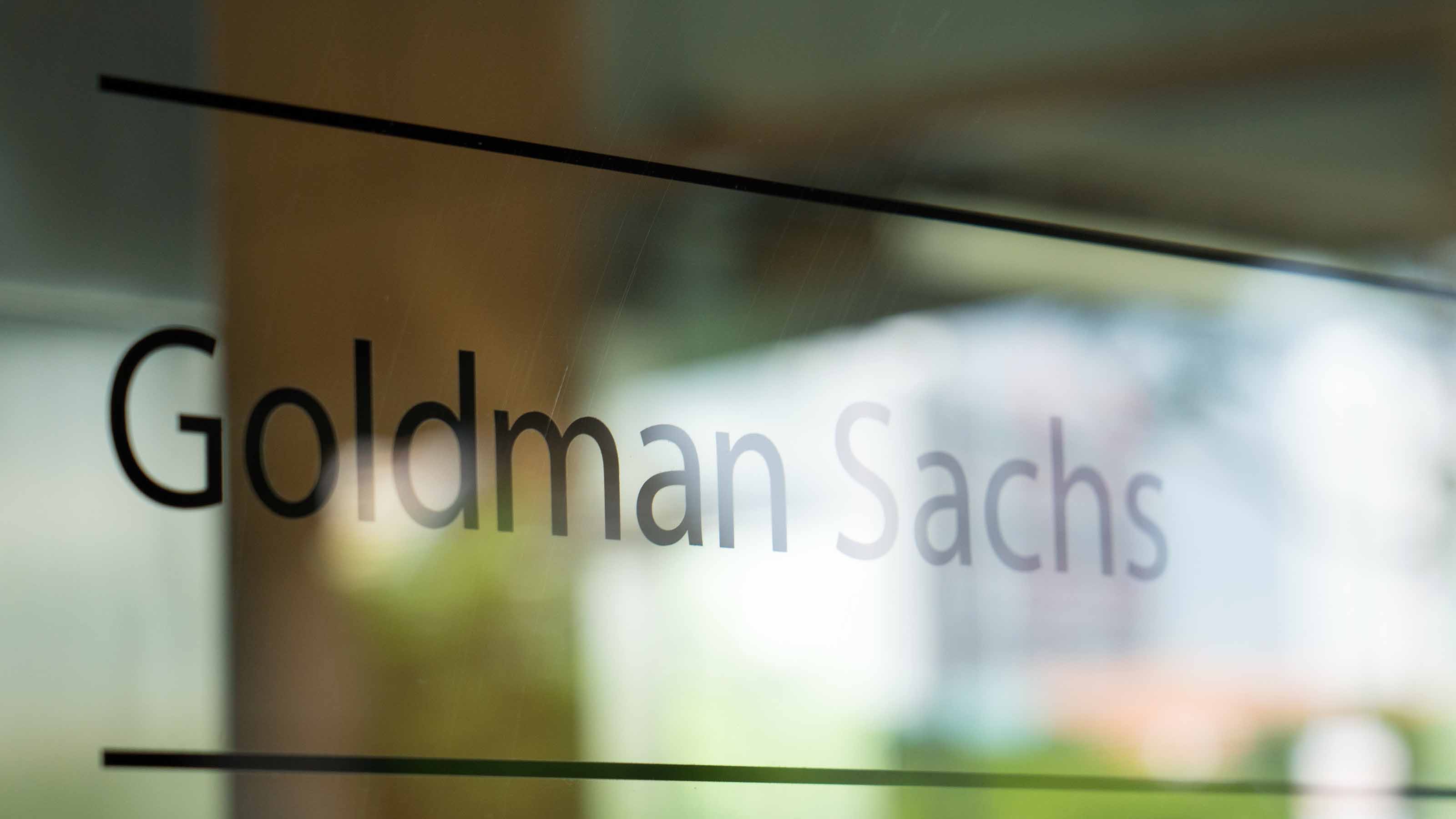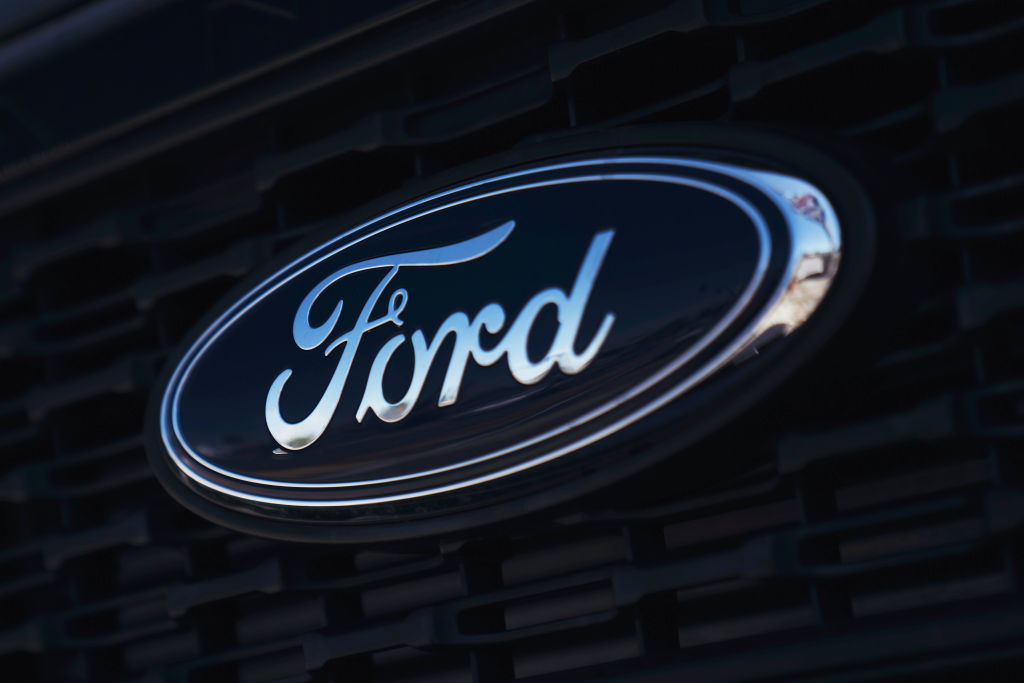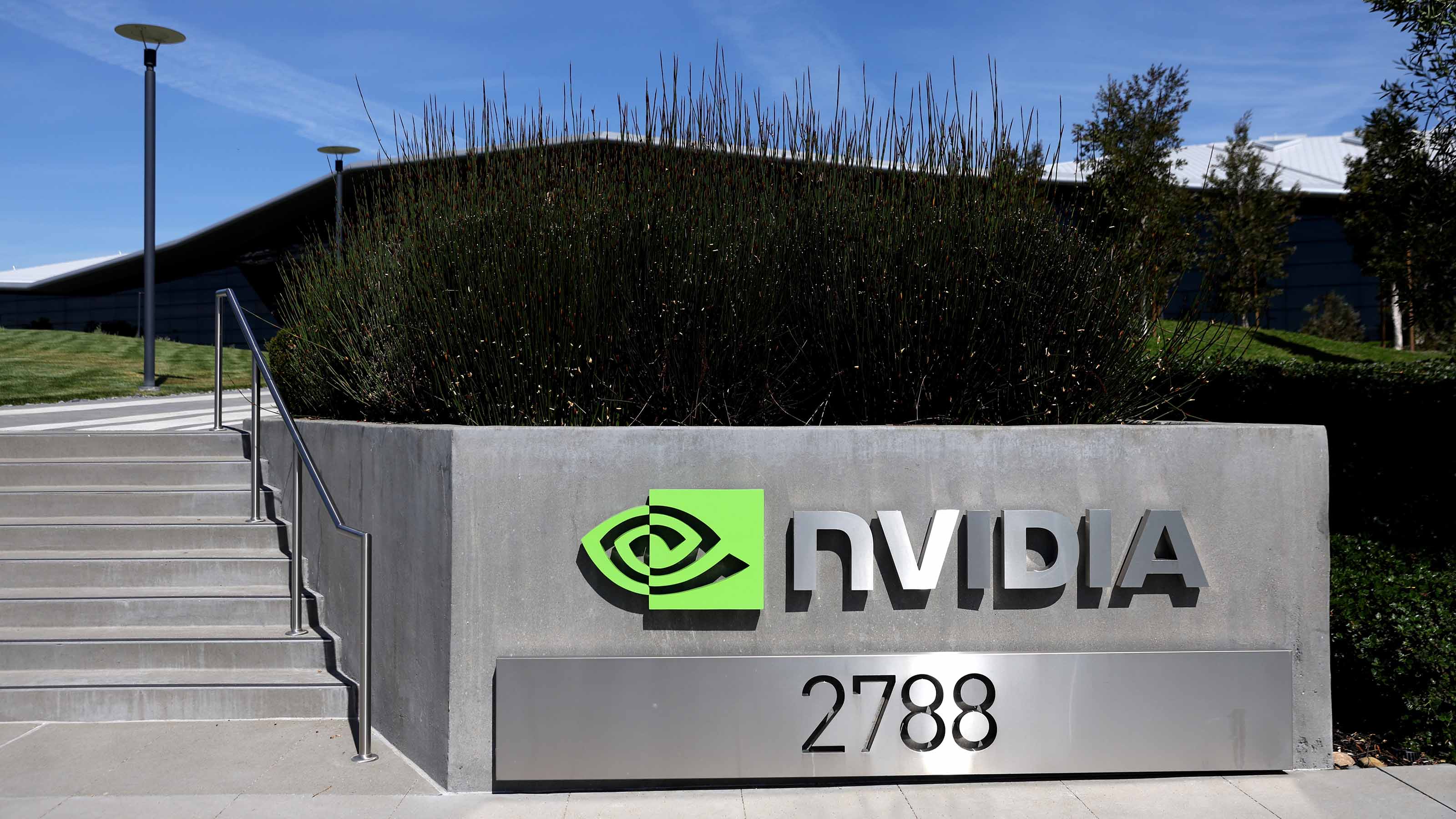Best Ways to Invest in BRICs
These two exchange-traded funds let you profit from the booming economies of Brazil, Russia, India and China.
When investment gurus nowadays discuss the bright prospects for bricks, they're definitely not talking about homebuilders. Instead, they're waxing euphoric about BRICs, four of the world's fastest-growing emerging nations: Brazil, Russia, India and China.
By 2050, the quartet will be among the world's six largest economies, according to investment bank Goldman Sachs. Fast-growing markets, huge populations and, in the case of Russia and Brazil, a wealth of natural resources, will propel their rise to the top of the heap.
You can make a compelling case to own mutual funds that invest solely in BRIC countries, says Standard & Poor's analyst Srikant Dash. However, most funds that invest in emerging markets hold less in BRIC markets than the economic importance of those four countries would suggest. And investors who want more BRIC exposure are stymied by a dearth of good choices.

Sign up for Kiplinger’s Free E-Newsletters
Profit and prosper with the best of expert advice on investing, taxes, retirement, personal finance and more - straight to your e-mail.
Profit and prosper with the best of expert advice - straight to your e-mail.
Funds that follow the MSCI Emerging Markets Index -- the most common benchmark for funds that invest in developing countries -- usually have nearly 40% of their assets in what are considered more-advanced emerging nations, such as South Korea, South Africa, Taiwan and Mexico. Yet the combined gross domestic production of those four is less than a fifth of BRIC markets, Dash says.
The disconnect, he says, is the result of capital markets in BRIC countries not being as well developed as markets in the likes of South Korea and Taiwan. That makes it tougher to buy and sell shares from companies in BRIC nations.
Because capital markets in BRIC countries are less efficient than those in developed ones, talented fund managers should be able to outperform passively managed BRIC index funds. But the only two actively managed BRIC funds -- from Templeton and Goldman Sachs -- levy sales charges and both have brief track records.
Exchange-traded funds may be the best way to focus on BRIC countries. The two ETF options differ significantly in composition. The SPDR S&P BRIC 40 (symbol BIK) tracks a basket of blue chip stocks in Brazil, Russia, India and China, most of which trade on local stock exchanges. Claymore/BNY BRIC (EEB) holds stocks of 75 companies that trade in the U.S. as American depositary receipts.
The SPDR has greater exposure to China and Russia while the Claymore ETF tilts more toward Brazilian and Indian companies. As a result, the SPDR invests more in energy and financial companies, and Claymore makes bigger bets in the telecommunications, technology and materials sectors.
The records of the ETFs are even shorter than those of the actively managed BRIC funds. The SPDR closed at $33.78 per share on October 17, up 39% since its June 22 launch. Claymore, which closed at $54.18 October 17, has gained 123% since its inception on September 21, 2006. The SPDR charges 0.40% in annual expenses, while Claymore levies 0.60%. That's far less than the average expense ratio of 1.80% for diversified emerging-markets stock funds.
Emerging-markets investors need to have steady nerves. And those who want to dabble in the BRICs should be impervious to sharp one-day drops. Moreover, BRIC stocks, especially Chinese issues, have been sizzling and may be due for a pullback. The benchmark Shanghai Composite Index closed near a record high of 6,037 on October 17, up 434% over the past two years.
Economist Ed Yardeni, usually known for his optimistic pronouncements, sees a bubble that may burst soon. Writes Yardeni: "What usually causes financial bubbles? Easy credit conditions. The Nikkei bubble of the late 1980s and the Nasdaq bubble of the late 1990s both started with the first rate cut during Fed easing cycles. This time, the bubble may be in the stock markets of emerging Asian economies, which are up sharply since August 16."
Before investing in a BRIC fund, check any diversified emerging-markets fund you own to see how much it holds in these exciting, but potentially dangerous, markets. Such a fund may provide sufficient exposure to BRIC stocks. For example, T. Rowe Price Emerging Markets Stock (PRMSX) -- a member of the Kiplinger 25 -- had 48% of its portfolio in BRIC countries as of August 31. The fund gained an annualized 40% over the past five years through October 17.
Get Kiplinger Today newsletter — free
Profit and prosper with the best of Kiplinger's advice on investing, taxes, retirement, personal finance and much more. Delivered daily. Enter your email in the box and click Sign Me Up.
-
 Customer Services are Strained at the SSA, You Should Plan Around These Federal Holidays
Customer Services are Strained at the SSA, You Should Plan Around These Federal HolidaysIf you have a question or need information from a federal agency, check the federal holiday schedule to make sure you get your business done before they close.
By Donna LeValley
-
 Stock Market Today: No 'Powell Put'? No Problem
Stock Market Today: No 'Powell Put'? No ProblemInvestors, traders and speculators look beyond both another Trump post and more signs of slowing economic activity.
By David Dittman
-
 Is Goldman Sachs Stock Still a Buy After Earnings?
Is Goldman Sachs Stock Still a Buy After Earnings?Goldman Sachs stock is struggling for direction Tuesday even after the financial giant beat expectations for its third quarter. Here's what you need to know.
By Joey Solitro
-
 Ford Stock Is Rising After Getting a Big Upgrade at Goldman Sachs
Ford Stock Is Rising After Getting a Big Upgrade at Goldman SachsFord stock has struggled in recent months, but Goldman Sachs is upbeat about improving profitability. Here's what you need to know.
By Joey Solitro
-
 Goldman Sachs Reports Q2 Earnings Beat, Dividend Hike
Goldman Sachs Reports Q2 Earnings Beat, Dividend HikeGoldman Sachs stock finished higher Monday after the big bank beat expectations for its second quarter and raised its dividend. Here's what you need to know.
By Joey Solitro
-
 International Stocks: Time to Explore Investments Abroad
International Stocks: Time to Explore Investments AbroadIt's time for American investors to pack up their stay-at-home strategy and go shopping abroad for international stocks.
By Nellie S. Huang
-
 Stock Market Today: Stocks Sink Ahead of February Jobs Report
Stock Market Today: Stocks Sink Ahead of February Jobs ReportThe major benchmarks finished solidly lower Thursday as bank stocks sold off.
By Karee Venema
-
 Stock Market Today: Snap Stock Soars in a Quiet Day for Markets
Stock Market Today: Snap Stock Soars in a Quiet Day for MarketsThe major benchmarks made modest moves today, though social media stock Snap soared on TikTok buzz.
By Karee Venema
-
 Stock Market Today: Nasdaq Outperforms as Nvidia Outlook Impresses
Stock Market Today: Nasdaq Outperforms as Nvidia Outlook ImpressesThe major benchmarks finished higher in another choppy day for stocks thanks to a positive earnings reaction for Nvidia.
By Karee Venema
-
 Choosing Between Look-Alike ETFs and Mutual Funds
Choosing Between Look-Alike ETFs and Mutual FundsIf you're trying to choose between ETFs and Mutual Funds, some factors to help you decide are how you trade and the type of account you plan to use.
By Nellie S. Huang